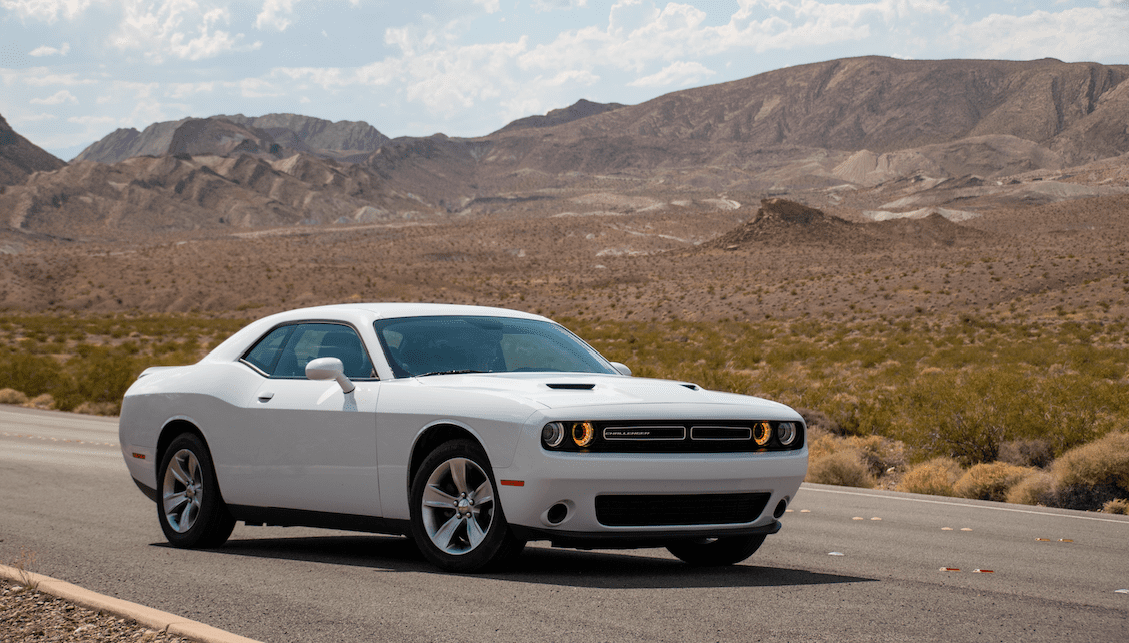In a long line of car makers switching to the production of electric vehicles, Dodge, a brand of Stellantis, also annunced plans to manufacture electric cars in the future instead of the roaring V8 engines used currently.
“They grow up so fast.” 😏💨 #NationalParentsDay pic.twitter.com/LzCYz9L4Zc
— Dodge (@Dodge) July 24, 2022
Dodge Unveiling
Dodge has been a flagship of American muscle cars for decades now. Dodge and Ford are considered to haved created the most iconic cars in this niche market. As the sun sets on some petroleum-powered cars in 2024, Dodge introduced the battery electric Charger Daytona SRT concept car on Wednesday evening.
By the end of the following year, Dodge Challenger, Dodge Charger, and Chrysler 300 automobiles will no longer be produced in gasoline variants, according to Stellantis. They will be produced through electric vehicle conversion at the Canadian facility. The same direction is being taken by other automakers as well.
Other Plans
General Motors is also set to start the production of an all-electric Chevrolet Corvette. Tesla claims that its Model S Plaid variant, which can accelerate from 0 to 60 mph (97 km/h) in under 2 seconds, is the quickest production car ever built. High-performance electric versions from Audi, Mercedes, Porsche, and other European automakers are already available for purchase. Additionally, a new Polestar 6 roadster for 2026 has recently been unveiled by Polestar, a Volvo subsidiary focused on electric performance.
Automakers in the US may have to give up some of their gas-powered muscle car models
Electric vehicles are just quicker off the line, which is one factor in the industry transition. Additionally, because of their large batteries’ low center of gravity, they often have better handling. Another factor is governments tightening pollution regulations. Automakers in the US may have to give up some of their gas-powered muscle car models as a result of the Biden administration’s stricter fuel economy regulations and increased production of EVs. The transition to the electric Charger, according to Tim Kuniskis, CEO of Dodge, was accelerated by the possibility of government fines for failing to achieve gas mileage standards. It’s difficult, he remarked, to deal with compliance penalties and similar issues that come along with a powerful cast-iron supercharged V8.
However, it will still be a few years before the gas-powered vintage cars disappear.
According to Sam Abuelsamid, a research analyst at Guidehouse Insights, ‘over the next few years, I think we’ll continue to have some internal combustion issues, possibly through most of the decade.’ Maybe so, but petroleum-powered cars will come under more and more scrutiny by governments.
The fleet of new vehicles will have to average roughly 40 miles per gallon in 2026, up from 25.4 mpg at now, according to revised gas-mileage regulations that were published in April. Future rules are likely to be considerably stricter, which will force American automakers to stop producing some gasoline-powered muscle cars in order to avoid penalties. According to the EPA, Stellantis had the worst average fuel economy of all major automakers (21.3 miles per gallon) and the worst average carbon dioxide emissions. In order to avoid fines, the corporation will probably have to discontinue several models. Its limited-edition Charger SRT Widebody, for example, only achieves 12 mpg in the city and 21 mpg on the interstate thanks to its supercharged 6.2-liter Hemi Hellcat V-8.
Blasphemy for Petrolheads
The idea of a muscle car without noise and odours is blasphemy to many gearheads. But according to Kuniskis, Dodge is making a lot of effort to mimic the internal combustion experience with electric. He said that the Charger will produce its own air flow to match the exhaust roar of gas performance vehicles. Additionally, the transmission will change gears. On Wednesday night at a racetrack in Pontiac, Michigan, an electric Charger was driven through a garage door and into a building. It roared much like a gas muscle car.
According to Kuniskis, electric vehicles have the potential to perform better than gas-powered muscle cars in terms of quick acceleration. But he claimed that they are somewhat sterile. An electric car, he said, ‘is devoid of emotion. There isn’t any drama in it. When an ICE (internal combustion engine) is loud, rumbling, shifting, and moving the automobile about, it doesn’t have the same sense of danger.’ The electric Charger will accelerate from 0 to 60 mph faster than the company’s current petroleum performance cars, according to Kuniskis, who would not specify the exact speed. He also declined to comment on the new Challenger’s range-per-charge but stressed that making it a true muscle car is more essential than range.
He admitted that the transition to electricity is unavoidable
Rick Nelson, the proprietor of Musclecar Restoration & Design in Pleasant Plains, Illinois, a suburb of Springfield, warned that convincing old-timers who grew up around racing sounds and smells, to move from loud fuel-burning engines to silent electricity would be difficult. Nelson claimed that while still a teenager, he spent hours at drag strips and restored his first automobile. He admitted that the transition to electricity is unavoidable and necessary to appeal to a younger generation that is accustomed to silent pace. However, he acknowledged that manual shifters would be absent in electric muscle cars, and he would miss the track’s odour of racing fuel.
Nelson claimed that companies are already springing up to equip vintage muscle cars with electric drivetrains. He has spoken to a Tesla engineer about modifying some vintage vehicles with batteries and electric motors.
‘Guys like me are just going to frown on it and laugh at it,’ Nelson said of electric muscle cars. ‘But this isn’t about my generation.’
According to Kuniskis, the muscle automobile is not extinct because of the switch to electricity. really.
‘It’ s OK,’ he said. ‘Let us show you what the future looks like.’








